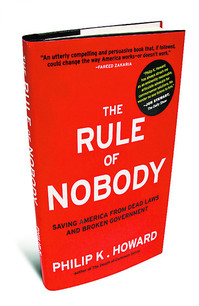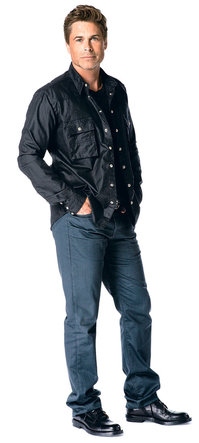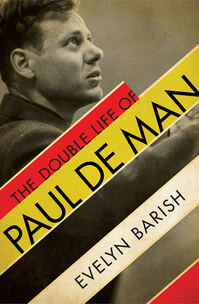 “Niagara Falls in January.” Source of caption and photo: online version of the NYT article quoted and cited below.
“Niagara Falls in January.” Source of caption and photo: online version of the NYT article quoted and cited below.
(p. D3) At the exact moment President Obama was declaring last month that “climate change is a fact,” thousands of drivers in Atlanta were trapped in a grueling winter ordeal, trying to get home on roads that had turned into ribbons of ice.
As the president addressed Congress and the nation in his State of the Union speech, it was snowing intermittently outside the Capitol. The temperature would bottom out later that night at 13 degrees in Washington, 14 in New York, 1 in Chicago, minus 6 in Minneapolis — and those readings were toasty compared to some of the lows earlier in January.
Mr. Obama’s declaration provoked head-shaking from Congressional climate deniers, and unleashed a stream of mockery on Twitter. “As soon as he mentioned ‘climate change’ it started snowing on Capitol Hill,” said a post from Patrick J. Michaels, a climate skeptic at the Cato Institute.
The chortling was predictable, perhaps, but you do not necessarily have to subscribe to an anti-scientific ideology to ask the question a lot of people are asking these days:
If the world is really warming up, how come it is so darned cold?
For the full commentary, see:
Justin Gillis. “BY DEGREES; Freezing Out the Bigger Picture.” The New York Times (Tues., FEB. 11, 2014): D3.
(Note: the online version of the commentary has the date FEB. 10, 2014.)






